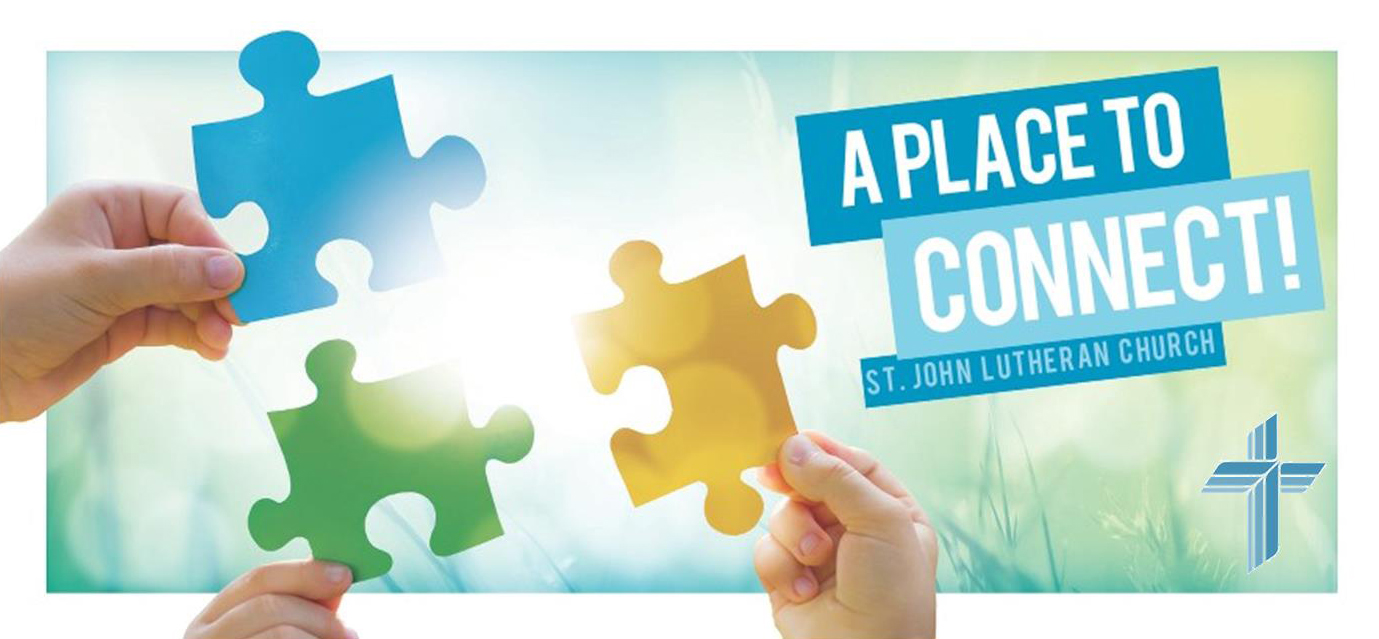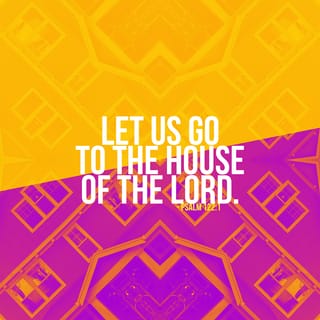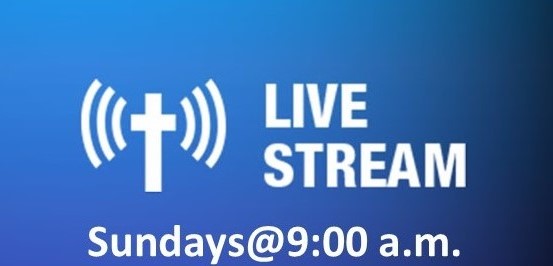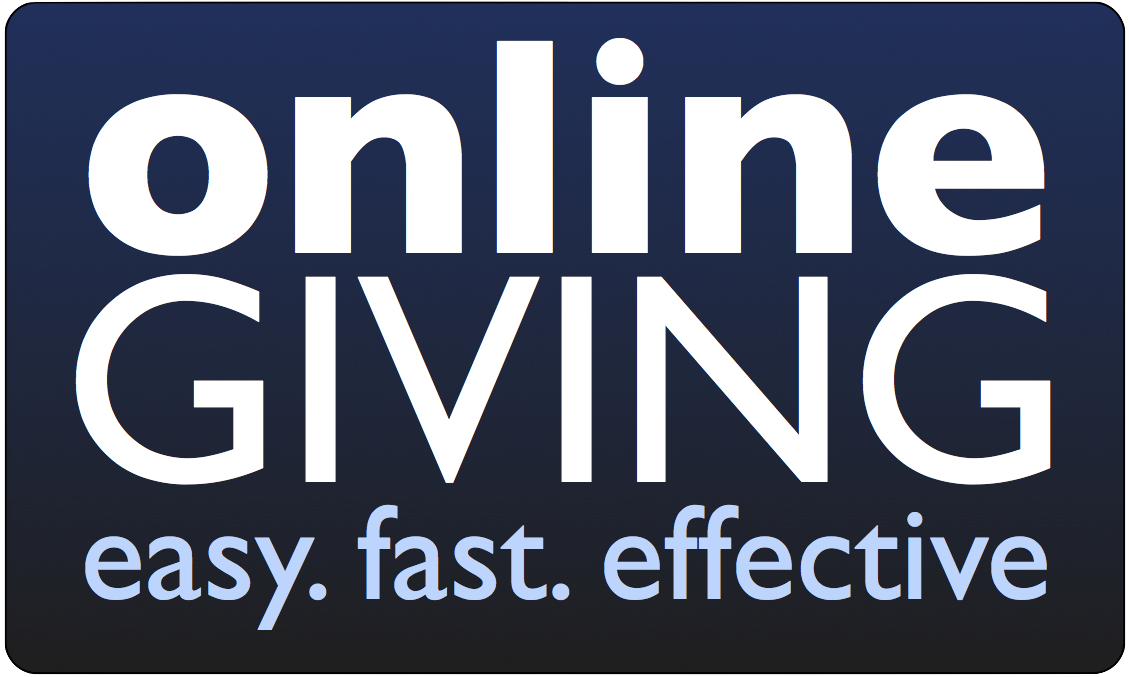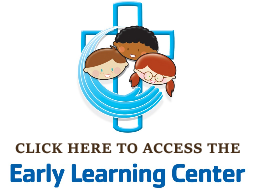
How Our Children Are Taught:
The Use of Best Practice
Our teachers use research-based best practice which is the hallmark of high-quality and effective early childhood instruction. This includes:
Developmentally Appropriate Activities
Teaching is based on each child's age and stage of development. This means that teachers build on what your child already knows and can do. Activities are planned to be challenging, but achievable with a little bit of help. Goals are "just right" for the child.
Multiple Settings for Learning
Learning occurs in a variety of grouping patterns--teacher-directed large group circle time, small group cooperative work, learning centers, and independent tasks. Working in different settings helps youngsters develop approaches to learning, such as initiative, curiosity, creativity, attentiveness, cooperation, perseverance, self-regulation, self-help, independence, negotiation, and adaptation, which prepare a child for success in school as stated in The Every Illinois Child Ready for Kindergarten Initiative.
Multi-Sensory Activities
Teachers present content and skills using visual, auditory, tactile, and kinesthetic methods and materials. This addresses the different learning styles of children and deepens understanding.
Purposeful Play
Children are playful by nature. Their earliest experiences exploring and discovering with their senses lead them to play, first by themselves and eventually with others. Play is perceived as work by preschoolers. When they are playing with joy to learn, then it is a positive experience which later translates into a love of learning. The purposeful play that children engage in at the ELC is structured by the teacher with specific objectives and the teacher plays a role in being an active observer and responder during play sessions to foster this development.
The ELC makes sure that its curriculum is aligned with the Illinois State Early Childhood Learning Standards, Benchmarks, and Goals and with the Illinois State Kindergarten Individual Development Survey (KIDS) so that our preschoolers are prepared for kindergarten.
Language & Literacy Development
Oral language, the foundation for beginning reading, is developed through activities such as Show and Tell. Books are read aloud so children develop a sense of story, vocabulary, background knowledge, and appreciation for reading. Children learn the letters and sounds of our language, print concepts and conventions, and early writing skills. Dictation of picture labels, sentences, and stories to adult scribes helps children see how the words they speak can become written expression.* View our Slide Show to see children engaged in some of these activities.
